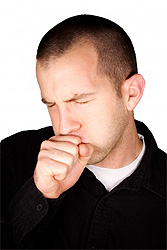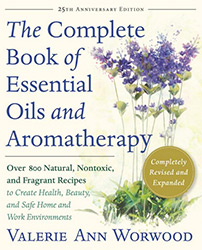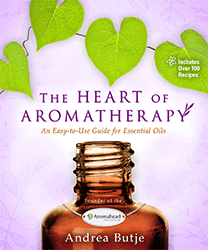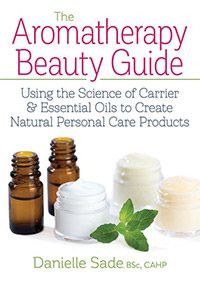Aromatherapy Personal Inhaler Blend for Congestion

Ingredients
- 6 drops Rosalina Essential Oil
- 4 drops Scotch Pine
- 2 drops Spearmint Essential Oil
- Aromatherapy Inhaler
Important Safety Comments
Be sure that you check the safety information for each essential oil to ensure that it is appropriate for your personal use.
Instructions
- Put on a pair of surgical/exam gloves (strongly recommended).
- In a tiny bowl, combine the essential oils for your chosen blend.
- If you do not want the inhaler to be intensely aromatic, you can blend approximately 5-15 drops of Fractionated Coconut Oil into your essential oil blend to dilute it. You will need to experiment with the dilution to achieve the aromatic strength that you desire.
- Drop the wick into the bowl.
- Using your tweezers, rotate the wick around so that it fully absorbs the essential oil blend.
- Once all of the essential oil is absorbed, use the tweezers to carefully pick up the wick and drop it into the wick enclosure.
- Firmly press the end cap onto the bottom of the wick enclosure.
- Screw the outer cover onto the wick enclosure.
- Add a label to your inhaler.
- Keep the cover on the inhaler anytime that you are not actually using the inhaler.
To Use
Raise the inhaler to your nose and inhale. Use several times daily. Immediately discontinue use of your inhaler if you experience any adverse reactions.
General Safety Information
These recipes are offered for educational purposes only. Before using any essential oil, carefully read AromaWeb's Essential Oil Safety Information page. For in-depth information on oil safety issues, read Essential Oil Safety by Robert Tisserand and Rodney Young. Do not take any oils internally and do not apply undiluted essential oils, absolutes, CO2s or other concentrated essences onto the skin without advanced essential oil knowledge or consultation from a qualified aromatherapy practitioner. For general dilution information, read AromaWeb's Guide to Diluting Essential Oils. If you are pregnant, epileptic, have liver damage, have cancer, or have any other medical problem, use oils only under the proper guidance of a qualified aromatherapy practitioner. Use extreme caution when using oils with children and consult a qualified aromatherapy practitioner before using oils with children, the elderly, if you have medical issues or are taking medications.
Do You Need the Ingredients Listed in This Recipe?
You can find the essential oils, other ingredients and packaging that you need by patronizing the fine companies that support AromaWeb with their banner advertising located throughout AromaWeb (See them all at a glance within the Advertiser Spotlight area) and the listings located within the Aromatherapy Business Directory. Many of AromaWeb's advertisers also expertly formulate their own ready-made products if you decide you'd rather not make aromatherapy products yourself.
Do You Want More Essential Oil Recipes and Blends?

Over 800 Recipes!
The Complete Book Of Essential Oils & Aromatherapy
Author: Valerie Ann Worwood

Over 100 Recipes!
The Heart of Aromatherapy
Author: Andrea Butje

100 Recipes!
The Aromatherapy Beauty Guide
Using the Science of Carrier & Essential Oils to Create Natural Personal Care Products
Author: Danielle Sade, BSc, CAHP
Visit AromaWeb's Books area to find details about many other essential oil and aromatherapy books.